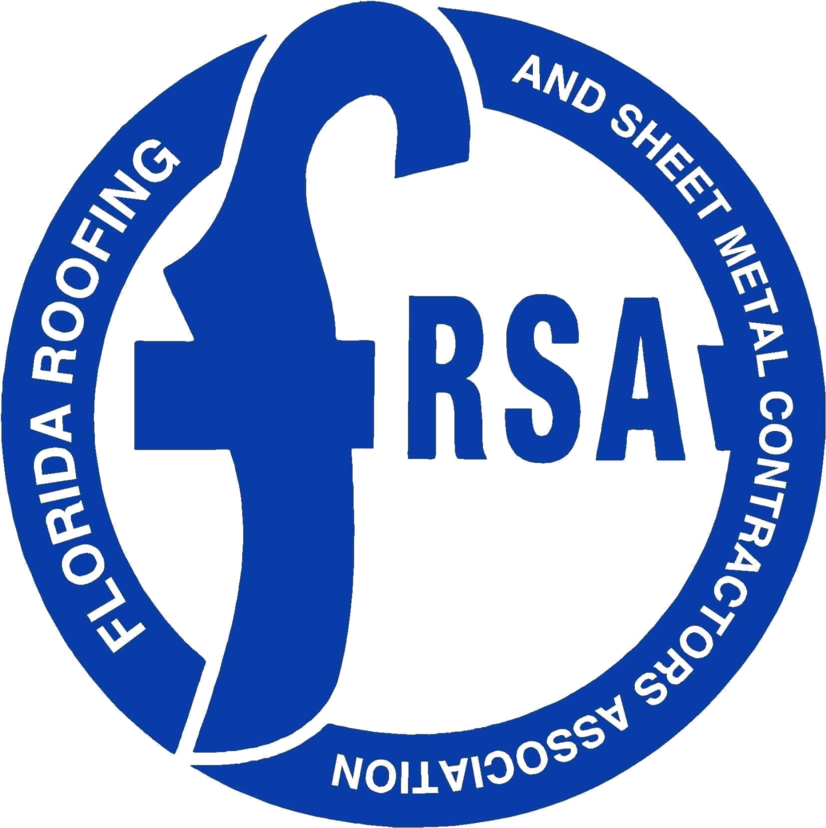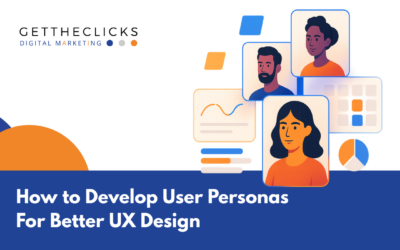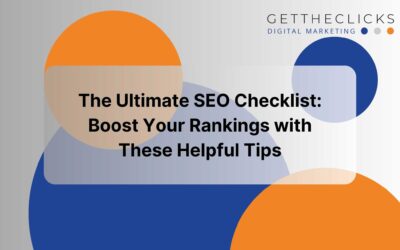The secret ingredient for massive success.
Defining a brand is an exercise often overlooked by companies. A solid brand identity is part of the instrumental groundwork for creating customer loyalty. Whether you are just getting started with your business or own a multi-million dollar company, the following article, and brand-building checklist, will help you define your brand to drive your business.
What is a Brand?
Before we delve into the elements that drive a brand, let’s briefly define what a brand is. Your brand is a message that drives consumer perceptions and expectations through its distinctive personality. Your brand is a combination of tangible elements that create a visual & auditory brand identity. This includes: your logo, color palette, marketing materials, letterhead, signage & company message, etc.
What is a Brand Identity?
A brand identity creates a Face for your Company. Brand identity is what you create before you are able to establish a brand. This is often overlooked when creating a brand. Understand, brand is the outgrowth of your brand identity, much like personality is the outgrowth of a human’s character.
Many companies never had a brand identity established, because many business owners don’t take the time to establish one (often times because they don’t know they are supposed to). Well, the good news is, it’s never too late to work on a brand identity because the character of accompany is always in flux. In other words, the character of a company is always evolving. Thus, “putting a face on the company” is really an on-going process.
So what does that mean? What does it mean to be the “face of the company”? Your brand identity is how your potential customers perceive you. Everything you do creates a vision in the customer’s mind of what you are. Your identity is what you want a consumer to perceive.
Consider the following:
- Your visual identity – Your visual identity is how your brand looks to your customers. For example: Your logo being presented in a clear way.
- Your brand values – Your brand values are how customers perceive what you stand for and care about the most. For example: Your brand is synonymous with quality.
- Your brand personality – Your brand personality is how customers attach an emotion to your brand. For example: Your customers feel that your employees consistently deliver friendly, customer service.
Brand is the outgrowth of your brand identity,
much like personality is the outgrowth of a human’s character.
Creating a Voice
Your brand identity will also create your brand’s voice. It is the voice you use to interact with consumers. In other words in looks at how the message is delivered. Are you informative? Are you humorous? Do you inspire? Are you knowledgeable?
How you communicate is an essential part of your brand’s identity. All of these components work together to drive the look and feel of your brand, creating a vision in the customer’s mind of what you want your brand to be.
Where Do You Start?
As you work to develop your brand there are a few core questions you should ask yourself in the process.
The Perfect Customer
Who is your perfect customer? What language do they speak? Do you speak their language?
Have you ever heard “everything revolves around the customer, that’s the bottom line”? Most of us have. The problem for many businesses is that they don’t know who their customer is. If you don’t understand your target customer, then you will never be able to establish a solid brand. Here are a few questions to ask yourself about your customers:
- Where are they located?
- Where do they get their information?
- What are their challenges?
- What are their goals?
- How do they like to communicate?
- Do they speak a certain lingo?
- What is their budget?
- What makes them happy?
Start by answering these questions. Now ask yourself if your brand speaks to your target market. Does your logo reflect the need? Does your slogan speak to their needs? If yes, great. If no, what do you potentially need to change?
The Pain Points
Every customer has pain points. Every customer has problems. It is your job as a business owner to identify those problems and solve them. Typical pain points we see in the contractor industry is unexpected expenses, potentially dealing with insurance claims or simply the hassle of dealing with the problem at hand. How about the issue of unscrupulous contractors giving the industry a bad reputation? How about unlicensed activity?
So what are you doing with your brand to specifically address those pain points? What are your competitors doing to address those pain points? Could you do something with your brand to present yourself better than any of your competitors? How about creating a presentation checklist of items you should provide to any potential customer building a positive reputation. Something as simple as a copy of your DBPR license, BBB accreditation, references on Company letterhead, Association membership badge, etc can go a long way when an uneducated potential customer has to decide between you and a competitor (the downloadable checklist at the end of this article will have a complete list of items we recommend to include).
Do you offer peace of mind? Your brand identity should instantly communicate how you solve your customer’s problems. Regardless of how your brand connects with your customers, your ability to solve problems should be at the core of your brand identity because it drives business and solves a simple human desire – to feel understood.
Perception is Reality
“Perception is reality” – nothing is truer than that. What do people currently think of you, do your customers trust you? When is the last time you asked?
We get so wrapped up in running our businesses that we don’t stop to think of our customers.
Our brand is only as good as the reputation it possesses. It’s usually pretty easy to identify a tarnished brand. Bad online reviews and a poor customer service experience usually are the main indicators that a brand is in trouble, or (worse yet) doesn’t care to provide good services. On the other hand, a good brand isn’t always that easy to spot. Often times it takes a bit of digging to find a solid player in a market. While online reviews can drive a positive reputation, often times these reviews can be gamed. To provide solid online reviews, one of the core things we tell every client is to have a review aggregation strategy in place. You want to capture as many positive reviews as possible. Not only does it help your online rankings, it also hedges against the inevitable bad review everyone gets in a blue moon. To do this, start by asking, how you make your customers feel? Do they trust you?
When your most satisfied customers communicate with you, what do they have to say? Listening to satisfied customers can provide a wealth of information about how you make your customers feel. What do they express?
- Relief?
- Trust?
- Happiness?
- New-found energy?
The most frequent positive emotion your customers associate with your company is critical information for building a brand identity. You have to use this emotion to create your visual brand component such as colors, font, etc.
Tell a Great Story
You want to always explain to customers how you got started in the business. Tell them why the business was created in the first place, then tell them how your brand will provide a tangible benefit for them. For example: “creating smiling faces” or “envious neighbors” OR “peace of mind” or “shelter for your loved-ones”. In other words, your brand should ultimately make your customer a hero.
Your Logo
All too often a brand is identified by its logo. As a matter of fact, often times business owners consider “brand” and “logo” to be the same things. This is not the case. A business owner should establish a brand identity before a logo is created, because the logo is one of the components that personify the brand. Your logo is often one of the first things a customer remembers, so you need to make it count. When creating a logo, keep several important factors in mind:
- It must be original; otherwise you won’t be able to register it with USPTO.
- It must be converted to all types of image formats and able to resize to any dimension without becoming blurry.
- It should be relevant, meaning its design should match the theme of the industry.
An important note: To obtain the Registration Logo, the logo must be a unique design or at least have a unique portion to its design. If your logo is based on letters with a published font, you will not be able to register it as unique.
Your Slogan
Your slogan can be used as an extension of your logo. Often a slogan explains a philosophy or tackles a unique consumer pain point. Slogans should work hand in hand with your logo and thus are created after a brand identity is developed.
Font & Color
Finally, consider the impact of font and color on your brand identity. The font and color of your logo communicates a feeling. Depending on your brand identity, you are going to want to find a font that matches what you are looking to convey. Here is a list of common font associations:
Additionally, the color of your logo also expresses an emotion. Below is a list of commonly accepted American color associations:
If your company is located outside of the US, you need to verify the color associations in your country before adopting them.
Testing Brand Perception
Focus Groups
Focus Groups are a great way to begin the brand identity development process. They are also a wonderful tool for studying your target market to get a better understanding of what your brand should be. Remember, the process of creating a brand isn’t just about the creation of the brand based on your vision, but also to create a brand that resonates with a potential customer. Consider the highly competitive world of Fast Food. Major players like Burger King and Chick-fil-A work hard to build a brand, yet only one of these two has really developed a core brand identity. Can you guess which one it is? (Hint: it involves cows.) Now, visit each of these local stores during off-peak hours, and you will find a busy Chick-fil-A, and a slow Burger King.
The agency to be credited with the blockbuster ad campaign for Chick-fil-A was The Richards Group. Back in 1994, the agency discovered that the Chick-fil-A brand was suffering from “a lack of customer awareness”. In focus groups, it was found out that when participants were asked about their favorite fast-food chain, Chick-fil-A was rarely mentioned. It was only when the agency gave participants a nudge that they mentioned they loved Chick-fil-A. Thus the agency knew, the product was great, they just needed a campaign to get people to notice the brand. They needed a simple, yet effective, marketing campaign that placed them in front of their target market, and so the Cows were born. Today, 23 years later, the cows still adorn the billboards along highways and byways calling passers-by to help the cows.
The point is that focus groups work to help develop a brand. It may seem trivial to ask people for their opinion of the current state of an industry, but valuable information can be extrapolated from your target market and used to build a lasting brand when the right questions are being asked.
Surveys
If you don’t want to make the investment to put together an entire focus group, simple surveys are often very insightful into the psyche of your customer base. The simplest surveys we run are called “Start Stop Continue” surveys, asking three very simple questions:
- What should we start doing?
- What should we stop doing?
- What should we continue doing?
Asking these three simple questions often uncovers the majority of potential issues a customer experiences with a brand. They are easy to implement and fast to execute. Assure to get a solid number of responses. For a contractor, we usually recommend at least 25+ surveys.
Taking the First Steps
Much of this exercise culminates in developing a point of difference. In an era of constant mobile interruptions, creating a brand identity is a crucial necessity for growing customer loyalty. If your customers don’t connect with your brand’s identity (voice, values, visually), they won’t be loyal to you when it is time to make a purchase. We hope this article has given you some ideas of how to develop a recognizable brand in your local market.





